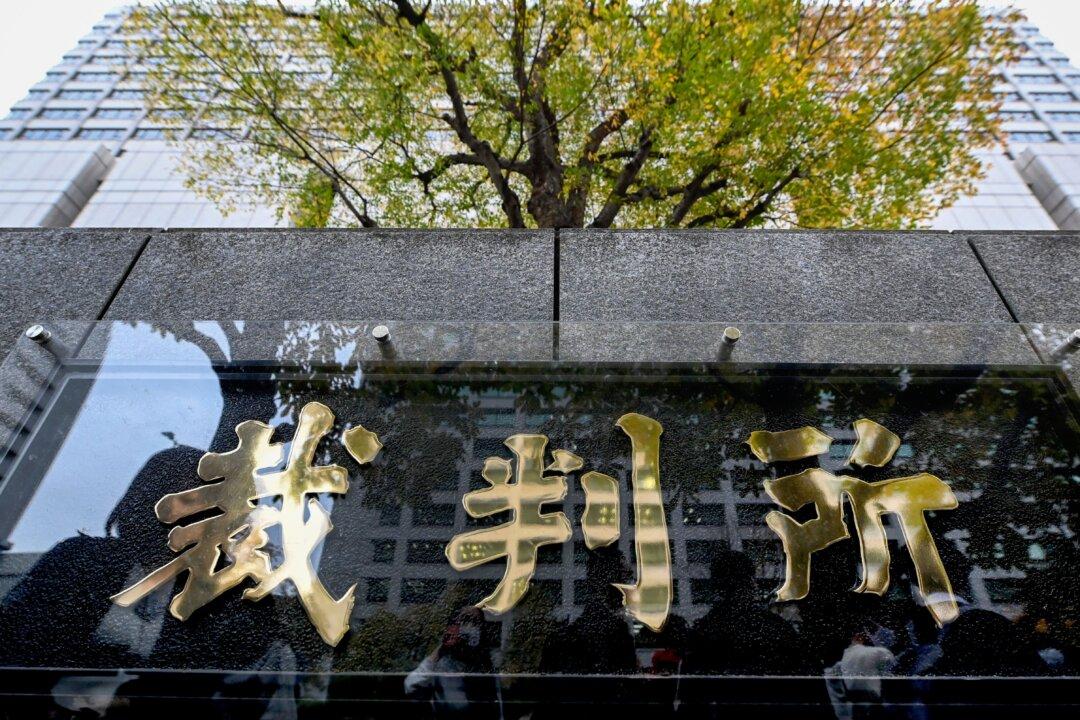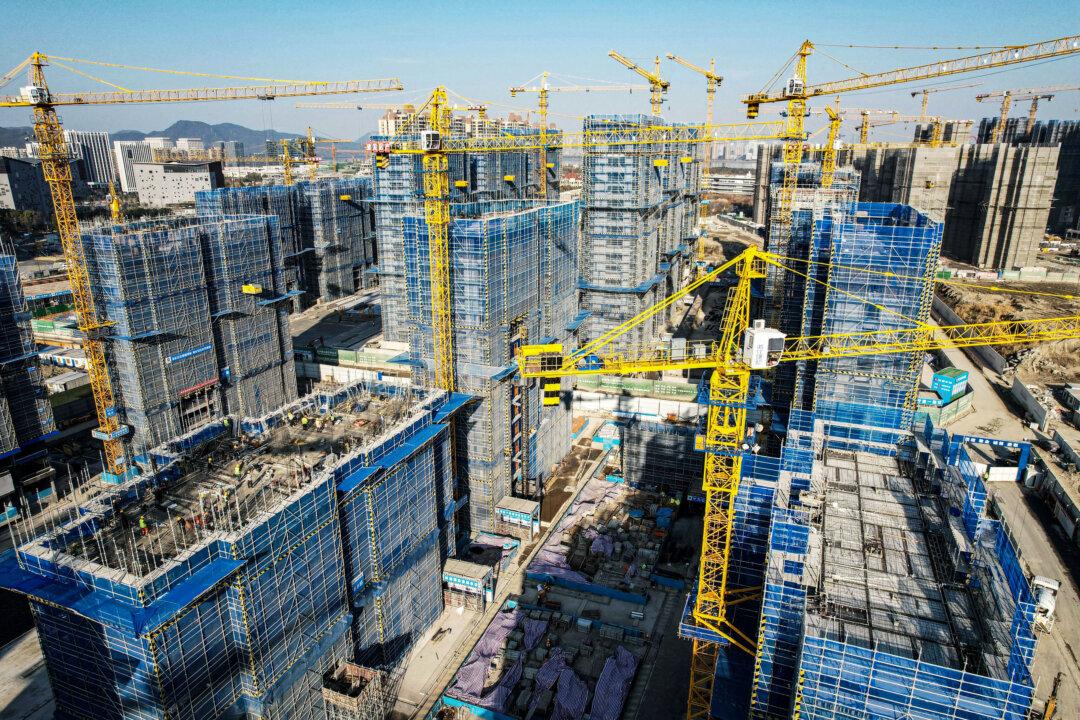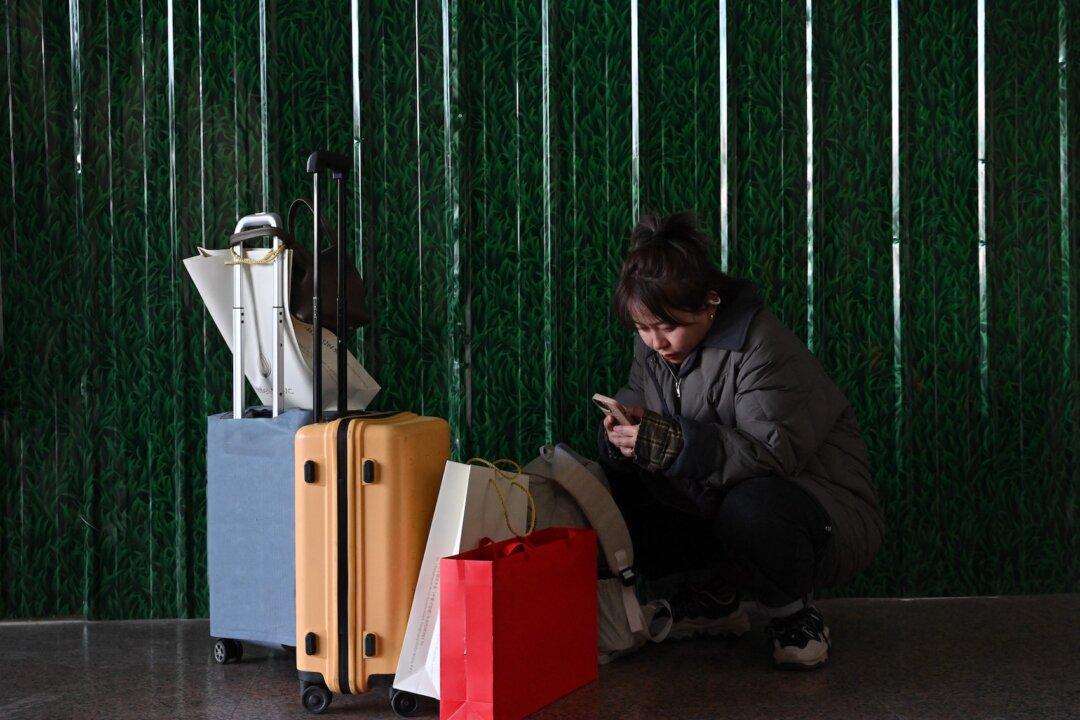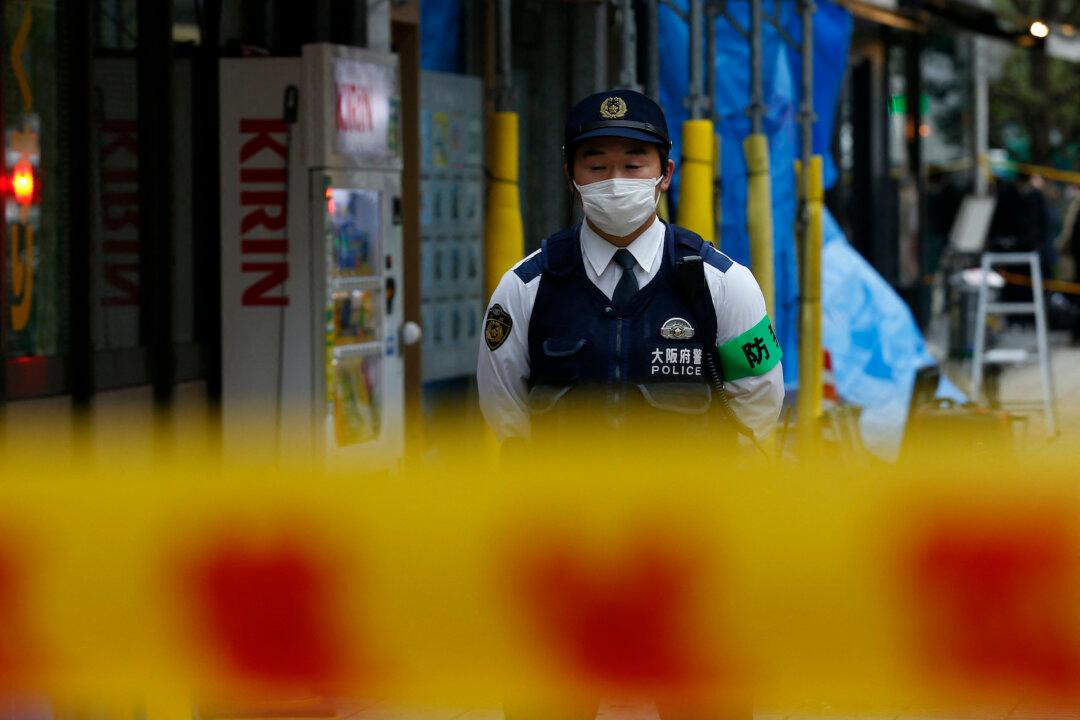The recent surge of Omicron infections in Xinjiang and Tibet since the beginning of August has prompted Chinese authorities to impose “zero-COVID” policies on several major cities in the area, with more locations being added to the lockdown list.
On Aug. 10, Urumqi, the capital and the largest city of Xinjiang, was put under a three-day “static management”—another term for lockdown. However, the lockdown has been extended for five more days based on an Aug. 15 announcement by the local government.
It’s noteworthy that Beijing created terms like “static management,” “closed management,” “societal zero-COVID,” “dynamic zero-COVID,” among others, replacing the original phrase “citywide lockdown” to minimize perceptions of the severity and harshness associated with “zero-COVID” policies.
At a press conference on Aug. 10, Ke Ming, director of the Urumqi Health Commission, said that the new outbreak in Urumqi was caused by the more contagious Omicron subvariant, BA.5.2.
Aksu City, Kuche City, and Baicheng County in the Aksu Prefecture of Xinjiang have been under lockdown since Aug. 11.
Notably, residents in the Aksu Prefecture have undergone at least seven rounds of COVID testing since Aug. 1, said Wang Xinchun, deputy commissioner of Xinjiang Aksu Prefecture Office, at a press conference on Aug. 10.
Yining, the capital city of Ili Prefecture and the third largest city in Xinjiang currently under lockdown, accounts for about half of the total 2,300 asymptomatic COVID cases in the region, according to data published by the Xinjiang Health and Wellness Commission on Aug. 14.
Korla, the second largest city in the Xinjiang Bayingolin Prefecture, has been added to the lockdown list since Aug. 13.
Shigatse, the second largest city in Tibet, declared a lockdown on Aug. 8 for three days upon discovering asymptomatic cases on Aug. 7. However, the lockdown has been extended until Aug. 21, according to an announcement released by the municipal government on Aug. 14.
The lockdown of Lhasa, the capital of Tibet, has been extended until Aug. 18, following an initial three-day lockdown announcement on Aug. 8.
Additionally, the Ngari Prefecture of Tibet has been locked down since Aug. 11, and transportation between Shigatse, Lhasa, and Ngari Prefecture has been suspended.
Famous tourist attractions across Tibet—such as Potala Palace, Norbulingka, Tsaparang, and the Tibetan Museum—have been closed to the public.
In an interview with The Epoch Times, Aruji (Pseudonym), a retired teacher in Urumqi, said that people in the area have been anxious about their livelihoods as mass COVID tests are taking place.
“We’ve been sealed off inside the neighborhood doing COVID-19 tests every day or night. Sometimes we had to do these tests in the rain, and people got sick from being wet in the rain while waiting in line. As economically underdeveloped regions, Xinjiang and Tibet lack decent manufacturing businesses. And now everyone’s income has become unstable, and everyone is anxious as the streets go silent.”
He added that the political suppression of minorities, coupled with the worsening economy from the pandemic, has brought innumerable hardships to the lives of local people as they struggle to make ends meet.




